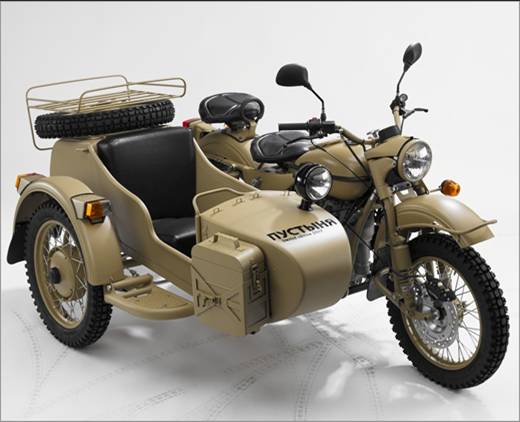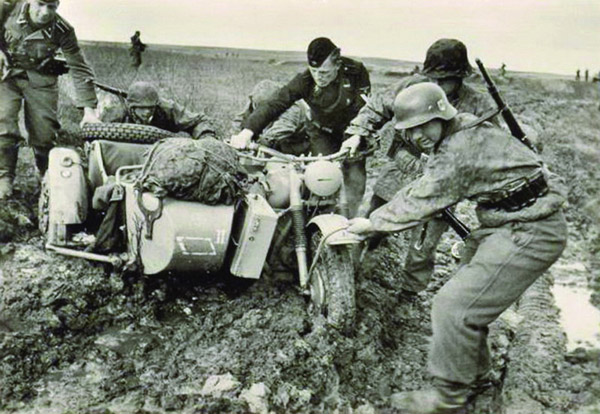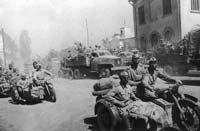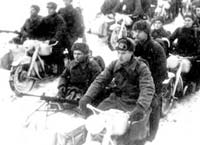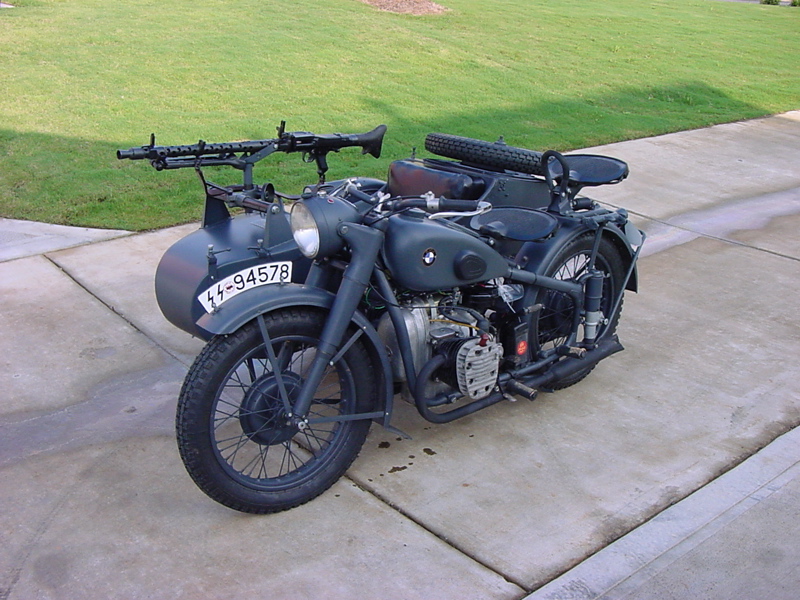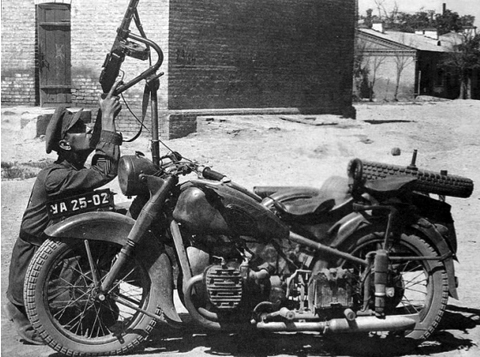Ending up with the Classic Chinese Changjiang CJ750 sidecar...
The R75 dual wheel drive system design technology was then used to create the relatively advanced Russian military dual wheel drive overhead-valve "Ural" & "Dnepr" models.
During 1950 the Chinese "People Liberation Army Beijing No.6 Automotive Works" had been attempting to develop a suitable military motorcycle by "reverse engineering" a Zundapp KS500 military motorcycle. This machine entered production in 1951, and a total of 4,248 machines were built.
Back in the USSR, now that the original side-valve model had become obsolete, manufacture of the old M72 (BMW R71-based) was offered to their Chinese communist neighbors who wasted no time in dropping the KS500 based machine for the tried & tested BMW R71/M72 design motorcycle. The BMW R71/ M72 sidecar, now renamed the "Chang Jiang" entered production during 1957 at the Chinese Nanchang aircraft factory.
|
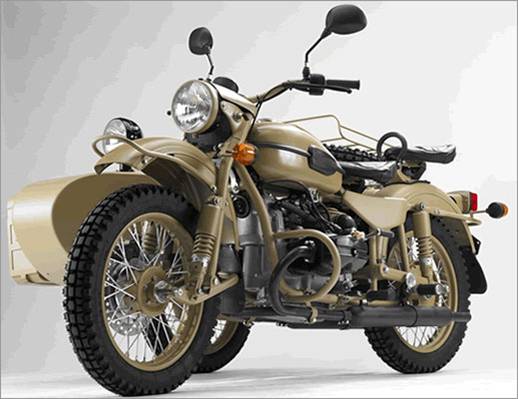 __
__